Responding to Valerie Strauss (‘Answer Sheet’)
Jeanne Allen
All you have to know about Valerie Strauss’ attempts at journalism, and those she quotes or offers as “proof” that public education is under attack by dark forces who want to “privatize” schools (which of course is a misnomer since public strings are intricately linked to any ed reform measure) is that she holds up bad education results as a defacto result of poverty, rather than a result of bad educational programming, union contracts that neuter any hope for innovation, bureaucracy and poorly spent funds.
Why the Washington Post continues to host her is anyone’s guess. But know that when someone throws Strauss’ propaganda at you – or that of Ravitch or anyone from Save our Schools, Red for Ed or any number of union funded front groups – that they are not speaking from experience, fact, or concern for the 60% of students (80% among at risk children) whose futures are destined to be among the 80 million adults we have today without a postsecondary credential of any kind (certificate, degree etc.).
Those of us who actually do engage daily in educational change at the home, school, community, local, state or national level are reminded daily that without life-saving educational opportunities through personalized learning, scholarships, charter schools, teacher pay reforms, created over the past 25 years we would be the third world that Nation at Risk warned we’d become if we did not turn the U.S. Education Ship around. It’s a big ship, and a slow turn, but millions of lives are better because of the people and programs Strauss and her mal-intentioned colleagues malign.
Jeanne Allen is Founder & CEO of the Center for Education Reform.













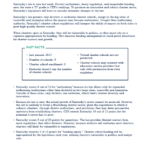
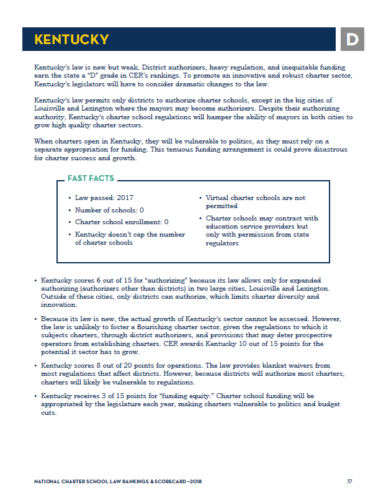

 IN LIGHT OF THE TEACHER STRIKES, we are compelled to bring you some facts, research and data about teacher pay that we hope will enlighten and inform readers and help you avoid simply falling into the trap of saying to yourself, “Oh wow, this is awful that we pay teachers so poorly…” Indeed, we do pay teachers poorly, and the pay scales and structures of how teachers are hired, rewarded, retained and paid later in retirement are completely broken. This is not an exhaustive analysis, just a smattering of thoughts that should propel you to do your research before jumping to conclusions.
IN LIGHT OF THE TEACHER STRIKES, we are compelled to bring you some facts, research and data about teacher pay that we hope will enlighten and inform readers and help you avoid simply falling into the trap of saying to yourself, “Oh wow, this is awful that we pay teachers so poorly…” Indeed, we do pay teachers poorly, and the pay scales and structures of how teachers are hired, rewarded, retained and paid later in retirement are completely broken. This is not an exhaustive analysis, just a smattering of thoughts that should propel you to do your research before jumping to conclusions.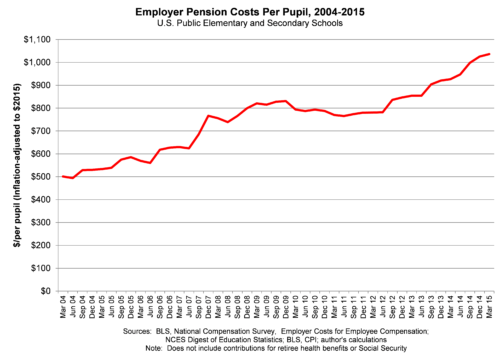

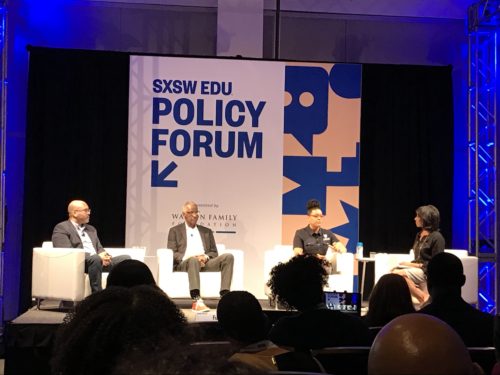
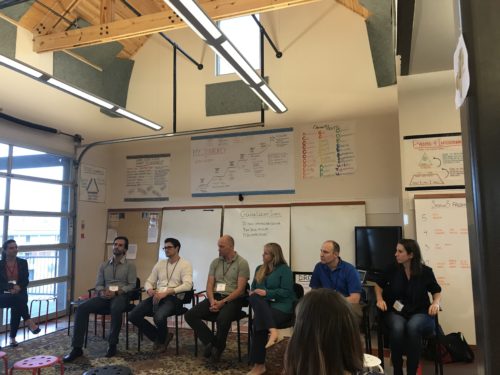
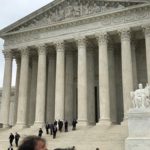
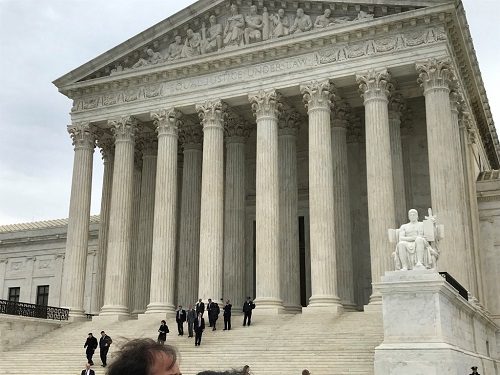

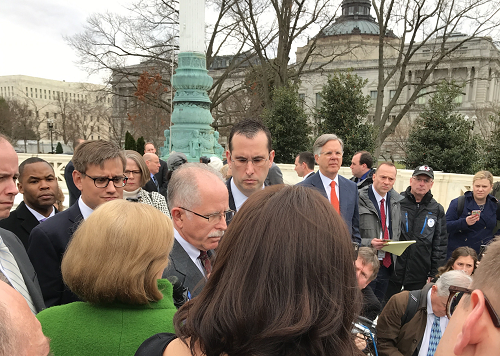
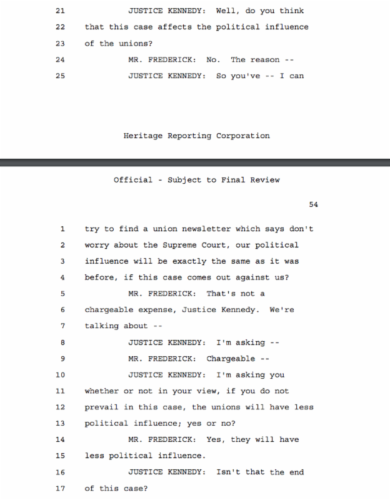
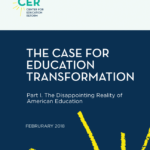
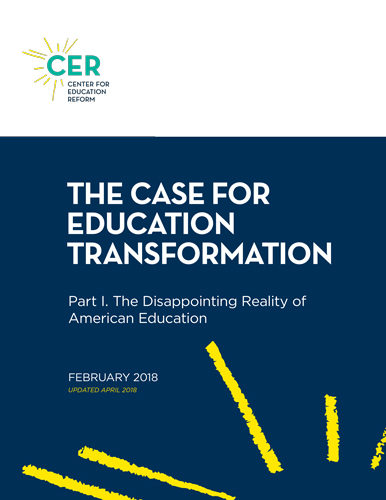


Politics As Unusual – Education Shapes the Campaign Debate for Key Primaries
(Newswire, June 5, 2018) “A subterranean divide among Democrats between backers of teachers unions and those of charter schools and other education innovations is helping shape key gubernatorial primaries…” so reports the AP.
There are clearly sides to be chosen here – we line up with pro-charter Los Angeles Mayor Antonio Villaraigosa, and against anti-charter New York actress Cynthia Nixon – but a larger point can be found in the fact that these are campaign issues in the first place. Time was that charters and edreform were backburner issues in political campaigns but many places have reached a tipping point in matters of education and bringing key edreform issues to fore, even within the parties themselves.
In Colorado, for example, where as the AP notes, tension has been building over education for months – so much so that “during the party’s convention in April, activists tried to forbid the group Democrats for Education Reform, which backs candidates who support innovations like charter schools and evaluations, from using the party’s name in its title.”
Paradoxically, some of this strife is being driven the teachers unions, which either have an axe to grind against particular candidates (Villaraigosa angered the unions when, as mayor, he took over several failing schools and criticized the unions; and Cuomo has angered teachers unions with a proposal to make it easier to remove incompetent instructors and by support charters and their advocates) or are still on a high from their walk-out-campaign that, in their minds, strengthens their hand politically.
We’ll see how it all shakes out, but no matter the winners or losers that fact that there is now some debate within the Democratic establishment on these issues is good news.